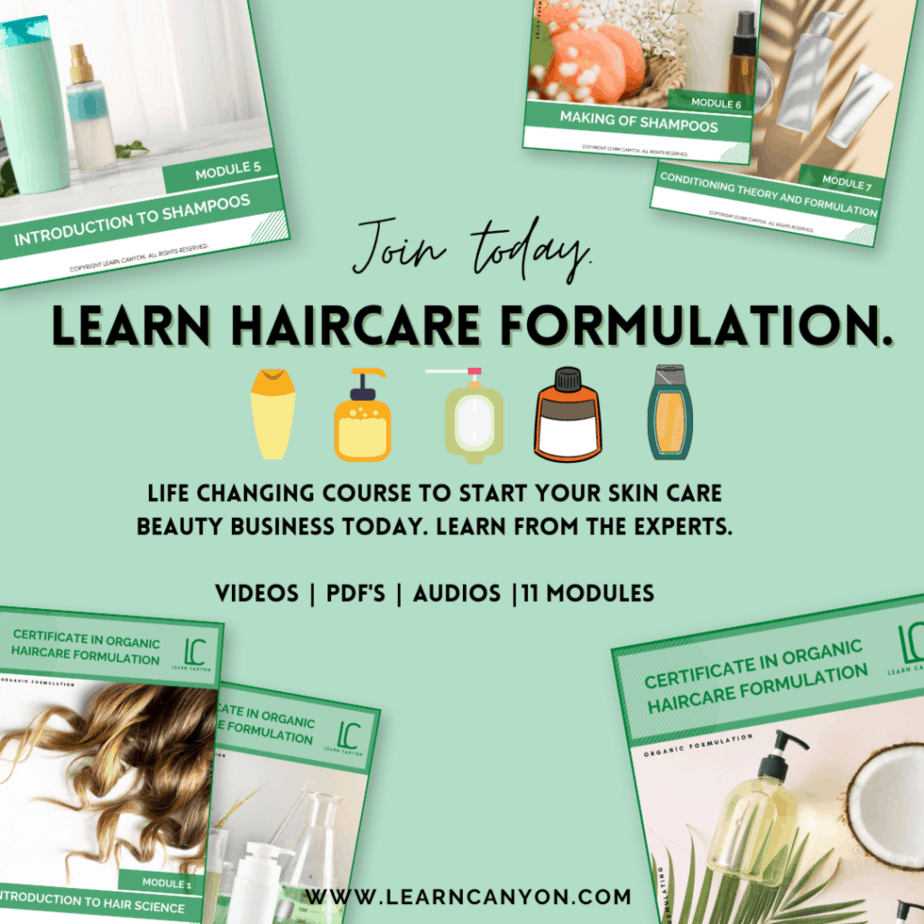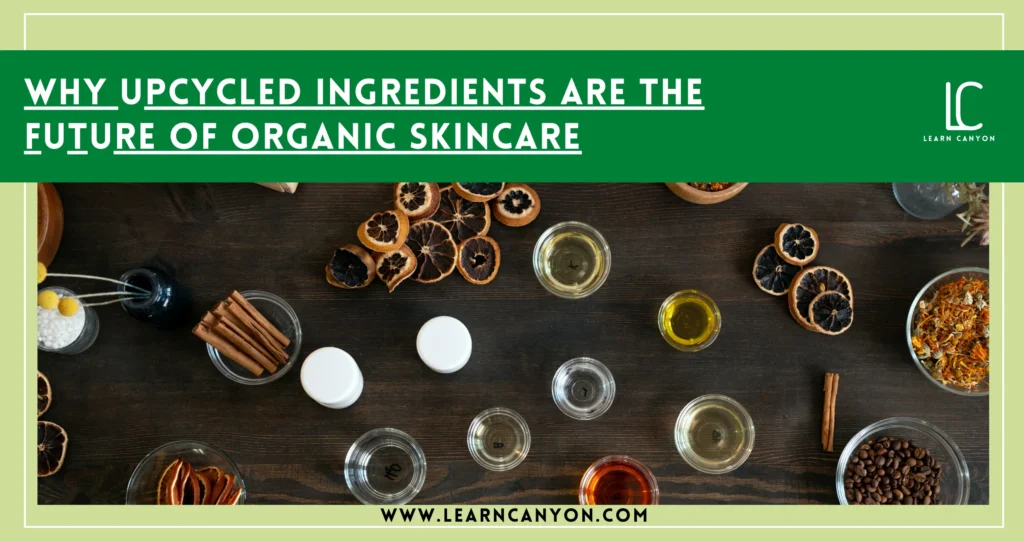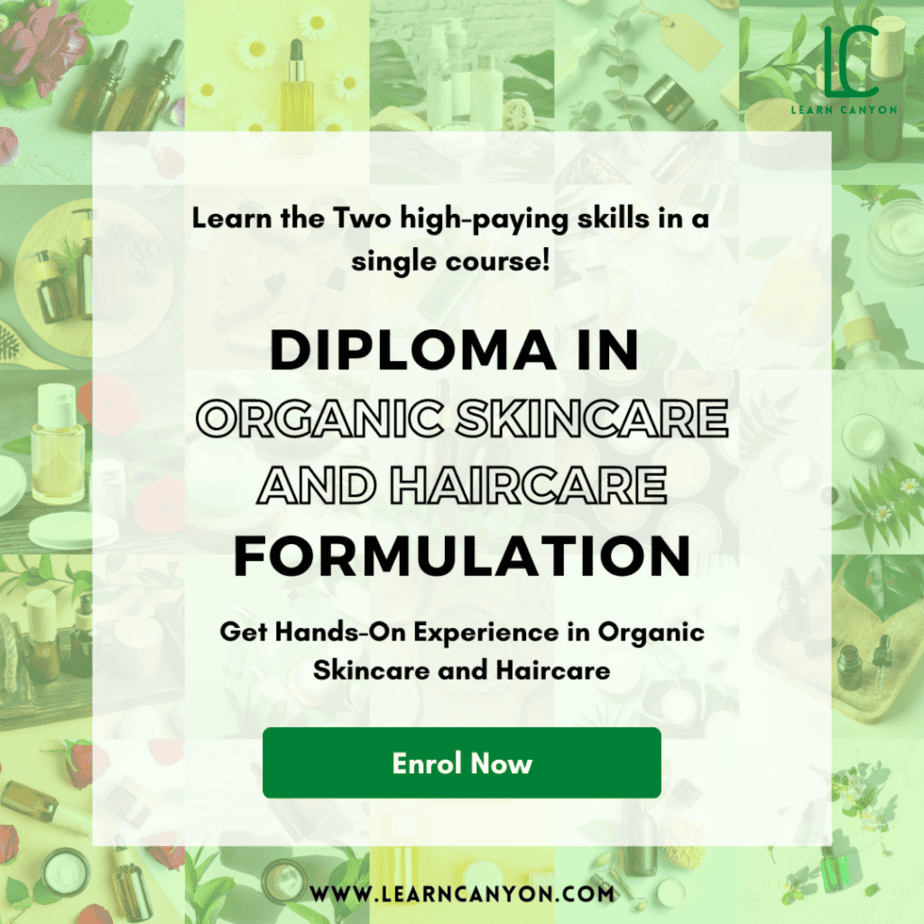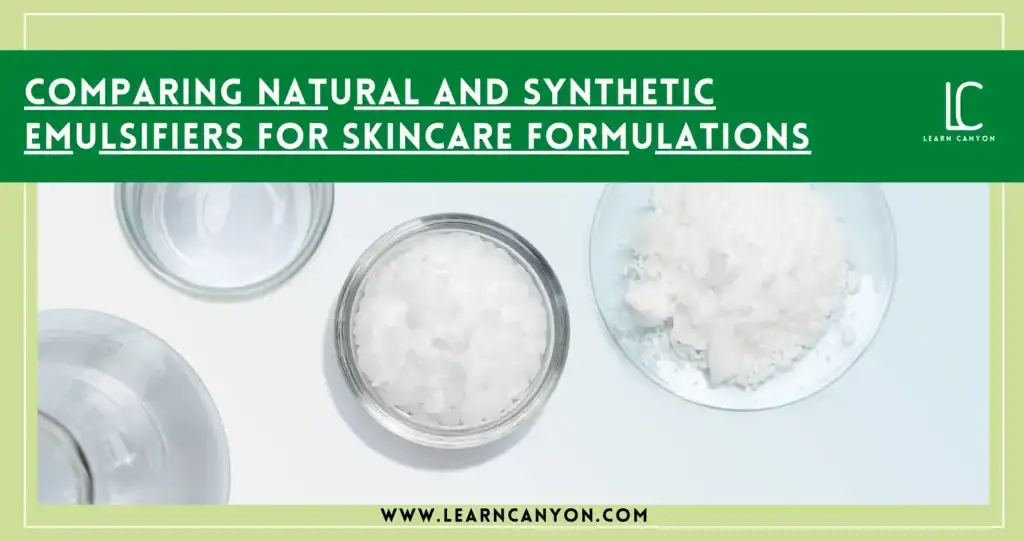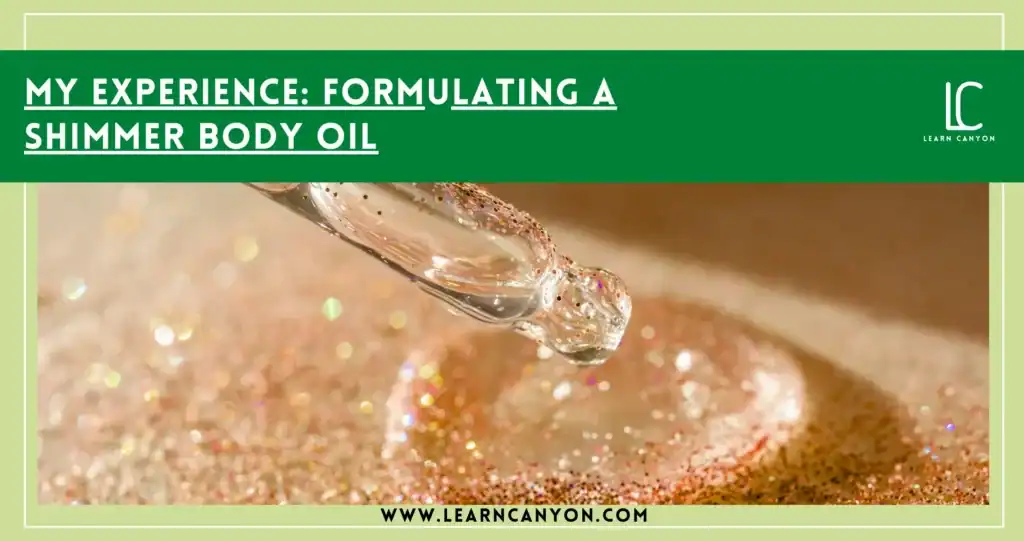Let’s face it, consumers today want more than just beautiful skin. They want beauty that aligns with their values, skincare that cares as much for the planet as it does for their pores. As a formulator who lives and breathes organic skincare, I’ve seen a powerful shift in recent years, a shift from just clean to clean and conscious.
Enter upcycled ingredients, the unsung heroes of sustainable skincare. These are not your average plant oils or extracts. They’re derived from what would typically be considered “waste”, think fruit peels, coffee pulp, or leftover seeds from the food industry. But don’t be fooled by the word “waste.” These by-products are often packed with skin-loving nutrients, antioxidants, and enzymes that rival even the most expensive actives.
This isn’t just a passing trend. Upcycling is becoming a movement, a smarter, greener way to formulate. And in this blog, I’ll show you exactly why these ingredients are not only good for the planet but are quickly becoming the future of organic skincare.
So, whether you’re a fellow formulator or simply passionate about what goes into your products, this one’s for you.
What Are Upcycled Ingredients?
Okay, let’s break it down, because the word upcycled might sound trendy, but the concept is beautifully simple.
Upcycled ingredients are those that are repurposed from by-products, usually from the food, agriculture, or botanical industries, that would otherwise go to waste. But instead of tossing them, we give them a second life… right into your skincare formulations!
Think of it like this: when fruits are juiced, oils are pressed, or plants are processed, there’s always some leftover material, like peels, seeds, pulps, or husks. And here’s the exciting part: these “leftovers” are often still loaded with skin-loving compounds like polyphenols, natural acids, vitamins, and enzymes. With the right extraction methods, we can harness all that goodness and create high-performance ingredients for our products.
Now, don’t confuse upcycled with recycled. Recycled materials are often reprocessed into packaging. Upcycled ingredients are for the actual formulation, the star players in your creams, serums, scrubs, and cleansers.
And as a formulator, I can tell you, it feels incredibly rewarding to work with ingredients that don’t just nourish the skin but also reduce environmental impact. It’s innovation with intention. That’s the kind of skincare the world needs right now.
Why Upcycling Matters in Organic Formulation
As organic formulators, we’re already making conscious choices, from sourcing botanical extracts to avoiding harsh synthetics. But upcycling takes that responsibility a step further. It’s not just about what we put in our products, it’s also about where it comes from and what impact it leaves behind.
Here’s the truth: the beauty industry has long been part of the problem when it comes to waste. But with upcycled ingredients, we can flip the script and become part of the solution. Instead of letting nutrient-rich materials go to landfills, we’re turning them into high-performance skincare actives. That’s pretty magical, right?
And let’s talk benefits, because upcycling doesn’t just feel good, it’s smart formulation:
- Eco-conscious: We reduce agricultural and food waste, and in doing so, lower the carbon footprint of our raw material sourcing.
- Cost-effective: Upcycled materials can often be more affordable (and just as potent) as virgin plant extracts.
- Story-driven: Consumers love hearing the backstory of their products. An upcycled coffee scrub or a grape seed antioxidant serum isn’t just effective, it tells a meaningful, sustainable story.
For me, formulating with upcycled ingredients is a beautiful blend of creativity, responsibility, and innovation. It’s proof that when we respect nature’s resources, we can create products that are not only luxurious but also planet-loving, and that’s the future of organic beauty.
Read the Article: 12 Companies Creating Upcycled Food from Waste Products
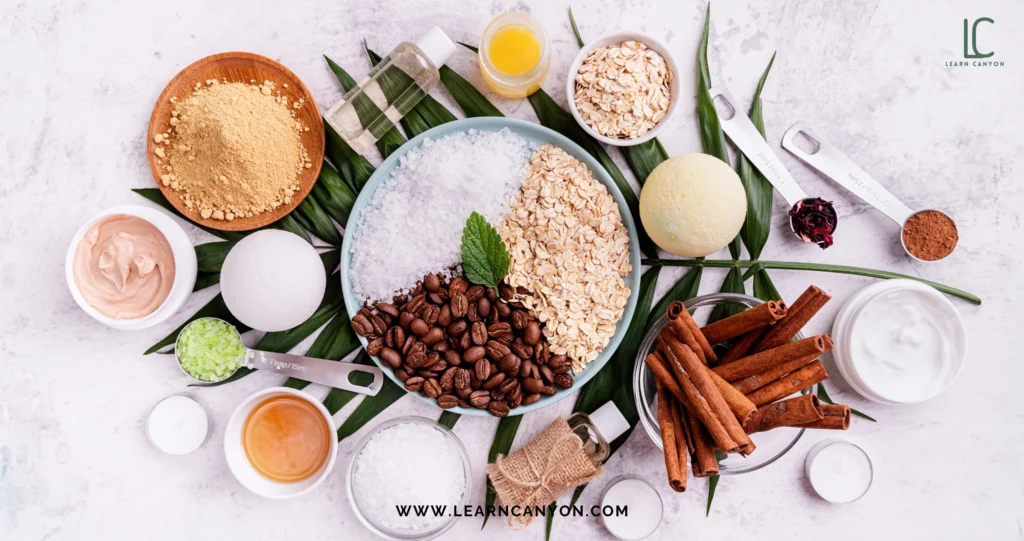
Do Upcycled Ingredients Work? The Science Behind the Trend
Let’s get one thing clear, just because something is “leftover” doesn’t mean it’s lacking in power. In fact, many upcycled ingredients are more potent than their conventional counterparts. Surprised? Let’s dive into the why.
When fruits, seeds, or plants are processed for food or juice production, the parts that are often discarded, like peels, pulps, and seeds, are still loaded with active compounds. These include polyphenols, natural acids, antioxidants, vitamins, flavonoids, and enzymes, all of which are fantastic for skin health.
For example:
- Grape seed extract, a by-product of winemaking, is rich in resveratrol and proanthocyanidins, both powerful antioxidants that help fight free radical damage.
- Coffee oil from spent coffee grounds not only smells divine but also improves skin texture, promotes circulation, and helps reduce puffiness.
- Apple peel extract, a common by-product, contains malic acid, a gentle AHA perfect for exfoliating and brightening dull skin.
- Citrus peel extracts are bursting with vitamin C and bioflavonoids, making them ideal for glow-boosting formulations.
And these aren’t just claims pulled from thin air. There’s real science backing this. Many of these upcycled actives have undergone lab testing and show measurable antioxidant activity, anti-inflammatory properties, and skin-repairing benefits. So yes, they’re effective, safe, and absolutely worthy of a spot in your formulation toolkit.
As a formulator, I always say, efficacy and sustainability don’t have to be separate goals. With upcycled ingredients, you get the best of both worlds: high-performing actives and a smaller environmental footprint. That’s a win-win we can all get behind.
Market Trends: Why the Beauty Industry Is Shifting
If you’ve been keeping an eye on the beauty space lately (and as a formulator, how can we not?), you’ll notice something exciting happening, the industry is undergoing a conscious transformation. We’re moving beyond “clean” and “green” to something even more intentional: circular beauty.
And at the heart of this shift? You guessed it, upcycled ingredients.
Big and small brands alike are waking up to the fact that sustainability isn’t just a buzzword anymore. It’s becoming a non-negotiable. Consumers, especially Gen Z and Millennials, are reading labels, asking questions, and choosing products that align with their values. They’re not just buying a face oil; they’re buying a story. A purpose. A mission.
We’re seeing industry leaders like BYBI Beauty, UpCircle, and Three Ships incorporating upcycled ingredients into their hero products, and not as an afterthought, but as a key selling point. These brands are proving that eco-conscious can also be chic, luxurious, and effective.
In fact, market research shows that:
- Over 60% of beauty consumers are willing to pay more for sustainable products.
- “Upcycled” is now one of the fastest-growing keywords in natural skincare marketing.
- Brands with sustainability-led missions are outperforming traditional players in both loyalty and long-term growth.
As formulators, this is our moment. We get to be the innovators behind the scenes, creating products that not only transform skin but also challenge the way beauty is made and consumed.
Because the future of skincare? It’s not just about what’s trendy, it’s about what’s meaningful.
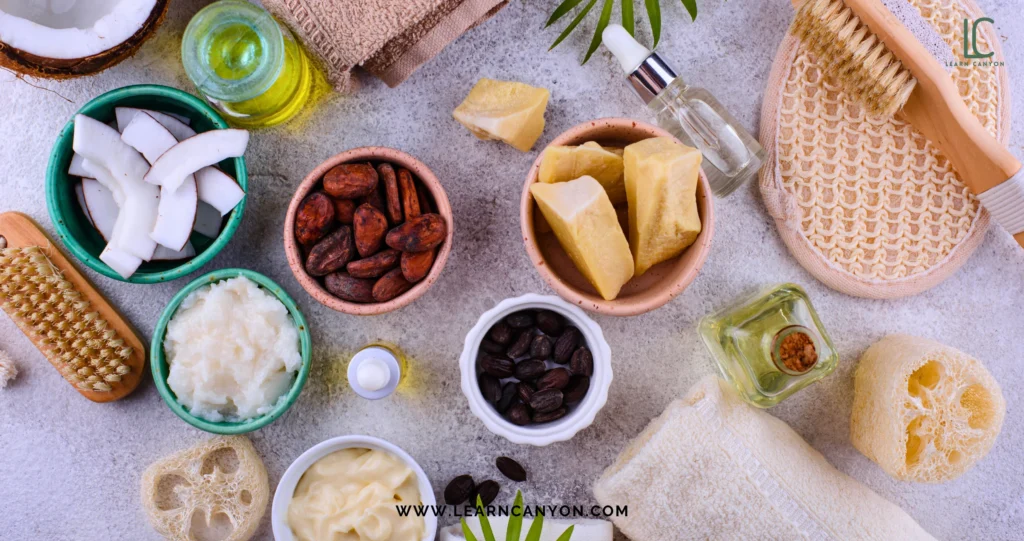
How to Incorporate Upcycled Ingredients in Your Own Formulations
Now that we’ve talked about why upcycled ingredients are so powerful, let’s get into the fun part, how to actually use them in your own formulations.
Whether you’re crafting a face mask, serum, scrub, or cleanser, there’s always a way to infuse your product with purpose by adding an upcycled touch. And no, you don’t need a high-tech lab to do it, you just need the right mindset and a bit of creativity!
Here’s how I approach it:
1. Start with the Source
Begin by identifying ingredients that are readily available as by-products, like coffee grounds, fruit peels, seed oils, or plant pulps. There are amazing suppliers now offering certified upcycled ingredients that are clean, safe, and packed with actives.
Examples:
- Upcycled Blueberry Seed Oil – rich in omega fatty acids, ideal for facial oils.
- Apple Peel Enzyme Extract – gentle exfoliant for masks and cleansers.
- Olive Squalane (by-product of olive oil pressing) – a hydrating hero for creams and serums.
2. Choose the Right Format
You’ll find upcycled ingredients in various formats, powders, oils, extracts, hydrosols. Choose based on your formulation type:
- Powders work great in scrubs, masks, or water-free products.
- Extracts and oils are amazing for serums, emulsions, and balms.
- Hydrosols can be added to toners, mists, and light gels.
3. Know the Compatibility
As with any ingredient, check its:
- Solubility (oil or water?)
- Heat sensitivity
- pH stability
- Recommended usage rate
Many upcycled ingredients are quite potent, so always refer to supplier documentation and do a few patch tests during formulation trials.
4. Highlight It in Your Product Story
Here’s the thing, don’t keep this magic a secret! Upcycled ingredients give you a beautiful narrative that consumers love to connect with. Let people know their scrub contains repurposed coffee from local cafés or that your serum uses antioxidant-rich grape extract from winemaking leftovers. It makes your product stand out and feel personal.
As a formulator, working with upcycled ingredients brings something more than just functionality, it adds depth, meaning, and a beautiful connection between your product and the planet. It’s where conscious formulation meets innovation, and honestly? It’s one of the most exciting spaces to explore right now.
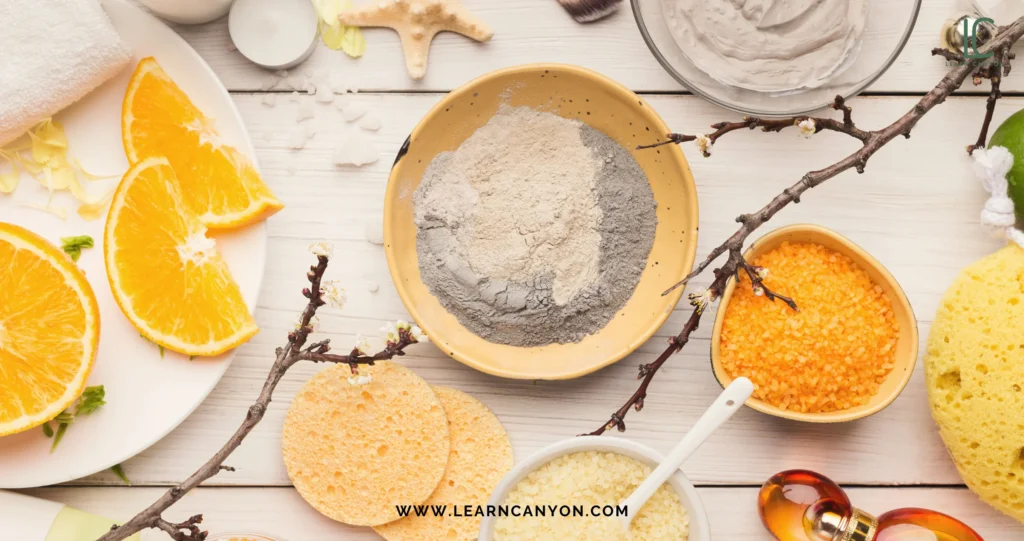
The Benefits for Brands and Consumers
Let’s be real, upcycled ingredients aren’t just a feel-good addition to your formulation… they’re a smart move for both brands and conscious consumers. And when you’re creating skincare with purpose, this kind of synergy is everything.
As a formulator and educator, I always say: your ingredient list tells a story. And when that story includes rescuing powerful botanicals from going to waste? It immediately sets your brand apart in a noisy market.
Here’s how it benefits your brand:
- Strong USP (Unique Selling Proposition): Upcycled ingredients instantly add meaning to your product. You’re not just selling a cream, you’re selling innovation with intention.
- Emotional Connection: Consumers today want more than results, they want values. When your brand shows it cares about the environment, it builds trust and loyalty.
- Media-Ready Storytelling: Let’s be honest, “made with rescued fruit seeds” sounds way more interesting than “natural extract,” right? It gives you content gold for your marketing and social media.
- Sustainability Credibility: It positions your brand as part of the larger solution. That’s incredibly powerful in today’s market.
And for consumers? It’s a win too:
- They get products that work, with active, nutrient-rich ingredients.
- They feel empowered making eco-conscious choices.
- They experience luxury with a cause, where beauty doesn’t come at the cost of the planet.
This shift isn’t just a trend, it’s a movement. And it’s being shaped by brands and formulators who dare to think differently, to question waste, and to create beauty that’s circular, intentional, and impactful.
If you ask me, upcycled ingredients are more than just an eco-friendly option. They’re a conversation starter. A connection builder. A future-forward way of formulating that benefits everyone, from the earth to the end user.
As a formulator, I’ve always believed that creating skincare is more than just mixing ingredients, it’s about crafting impact. And upcycling? It beautifully ties together everything I stand for: innovation, sustainability, and soulful formulation.
Circular formulation isn’t just a buzzword, it’s a philosophy. It asks us to rethink beauty from the ground up. To see value in what’s been overlooked. To create products that are not only effective and luxurious, but also respectful of the earth and its resources.
And here’s the truth: nature doesn’t waste a thing. Why should we?
When you work with upcycled ingredients, you’re not just making a product, you’re starting a conversation. A conversation about conscious consumption, about valuing what we have, and about designing a better, kinder future for the beauty industry.
So whether you’re a formulator, a brand owner, or simply someone who believes in better skincare, you’re already part of this movement. Let’s keep creating with purpose, innovating with intention, and showing the world that sustainability and science can absolutely go hand in hand.
Ready to give waste a second chance and make your formulations mean something more?
Let’s glow greener, together.


